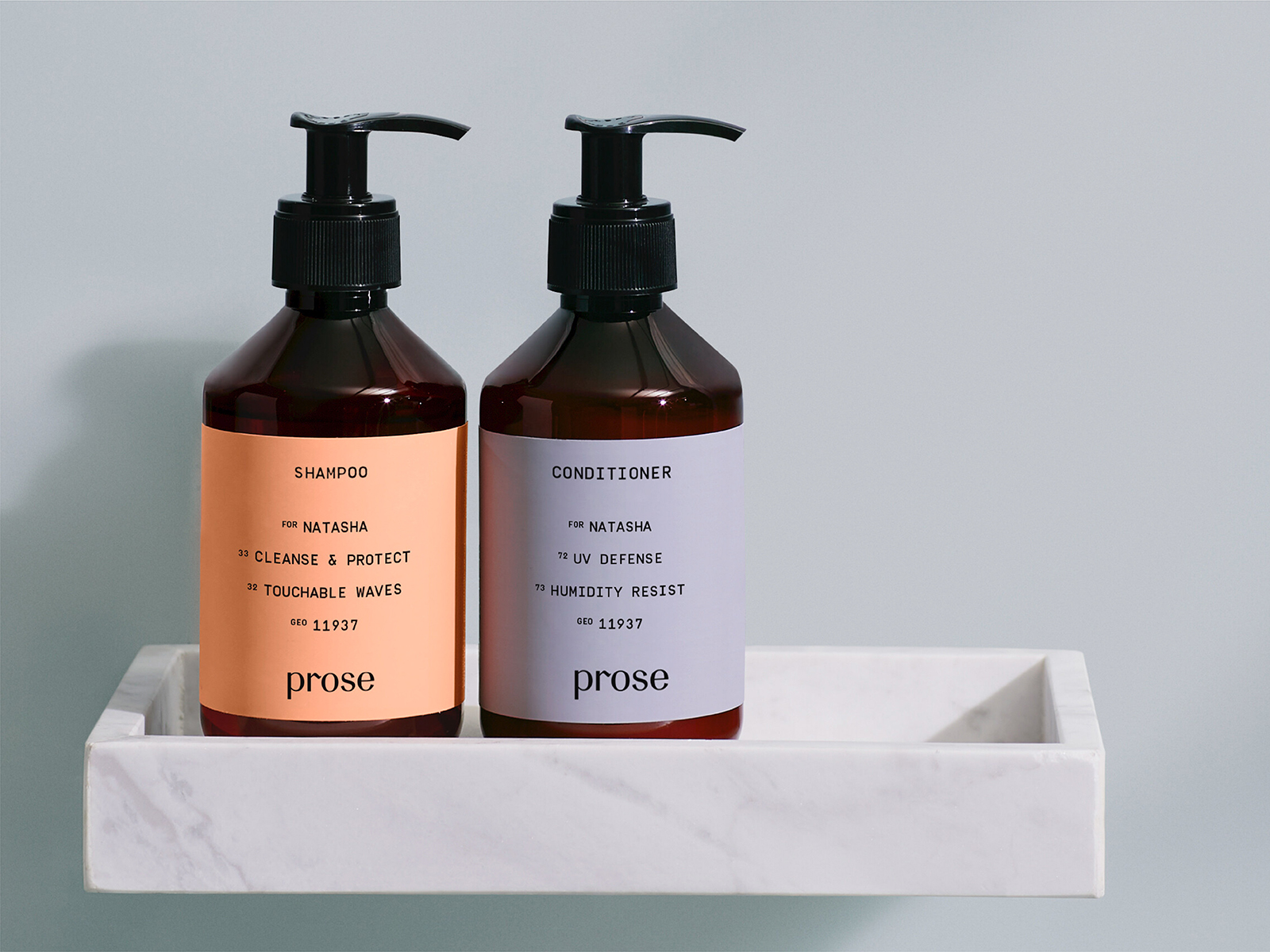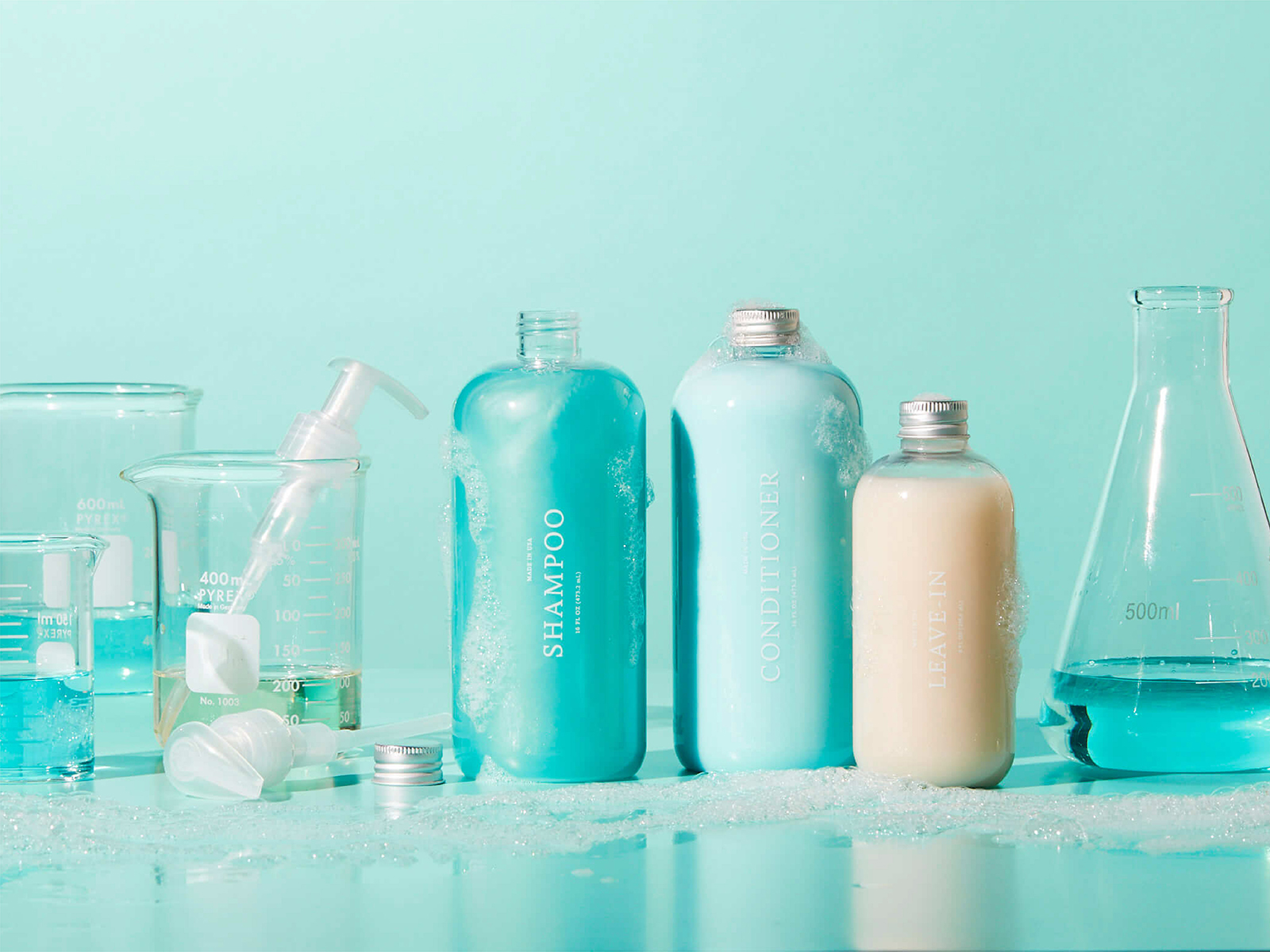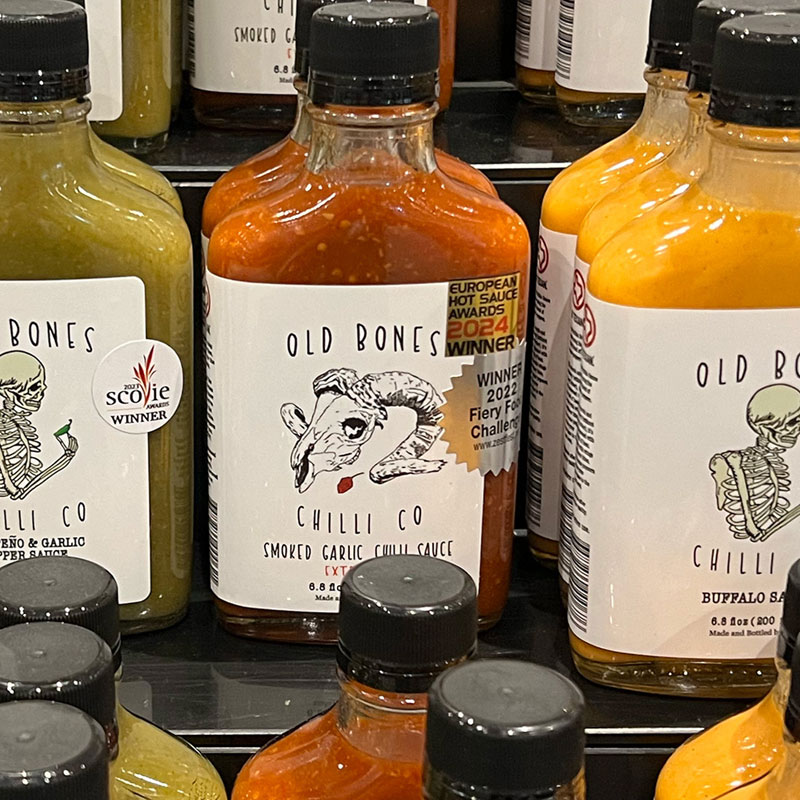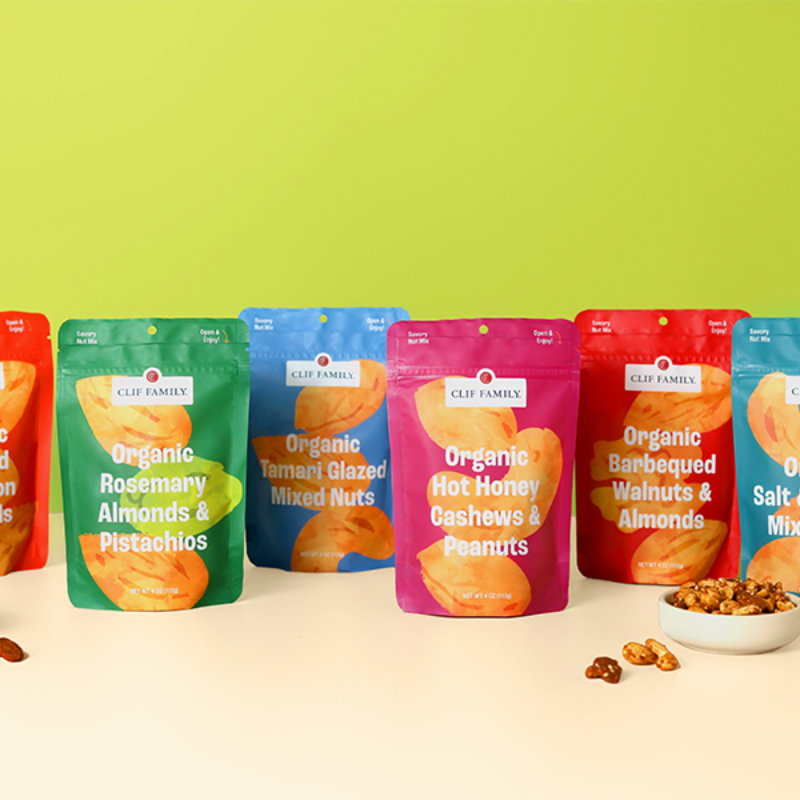Brands Big and Small are Using Hyper-Personalization to Grab — and Keep — Consumers
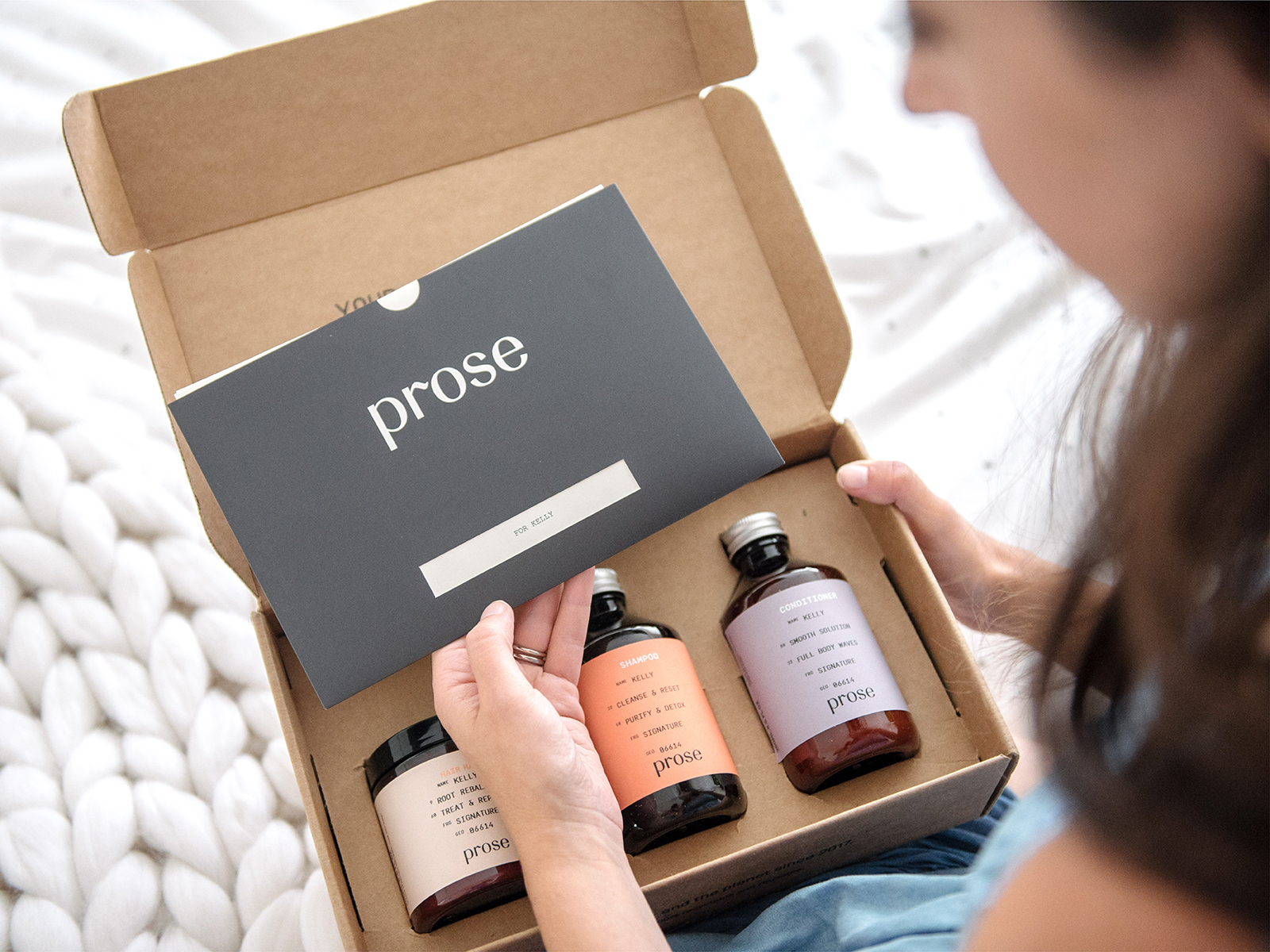
(Hero photo credit: Kelly Towart)
We’ve been keeping an eye on hyper-personalization, a trend that’s been described as “the future of marketing” and a “gamechanger”. The more we read about it, the more we agree it lives up to the hype.
Personalization has gone way beyond the practice of putting your name or logo on something. With hyper-personalization, artificial intelligence (AI) and big data are utilized to assess and incorporate a consumer’s needs, preferences, and goals to deliver a uniquely suited product, content, or service. Think it’s a blip? Then you should know 74% of consumers are willing to share their personal data to get a personalized experience.
(Photo credit: Care/Of)
An impressive number of up-and-coming brands are already using hyper-personalization effectively to gain market share. For example, popular vitamin subscription plans like Care/Of tailor their wellness kits and plans to meet individuals’ needs—all of which can be adjusted as a consumer’s health changes.
(Photo credit: Prose)
Instant customization is one of the aspects of this trend we find compelling. It invites and encourages consumers to co-create with brands, so the brands can deliver premium products and lock in consumer loyalty. On the Prose website, for example, a potential client identifies her hair type and texture, diet and exercise routines, environmental factors such as humidity and pollution, and ingredients preferences for hair care products. The last page offers suggestions for the perfect shampoo, conditioner, and brush. Later, as the consumer provides feedback, the brand’s algorithm can be fine-tuned so that the made-to-order products meet the consumer’s needs in the future.
(Photo credit: Function of Beauty)
Another brand to watch is Function of Beauty, which has also developed personalized shampoos and conditioners. Take a look at Function of Beauty’s packaging, which celebrates the unique contents and plays up the personalization process by including the client’s chosen formula name printed on the bottle. The minimal design and clear, matte material of the bottle allow the individual colors of the formulations to come through and be the star of the packaging design. Smart.
Well-established legacy brands are also finding ways to leverage the hyper-personalization trend. The 2014 launch of Coca-Cola’s “Share a Coke” campaign featured cans printed with 250 popular names, and consumers grabbed them up. Subsequent rollouts featured social terms, team logos, and song lyrics. And while product personalization is nothing new for Vans, they recently unveiled a new machine that will take any pattern, photo, or design and apply it to a pair of shoes in less than 15 minutes. Even Levi’s, which was founded during California’s Gold Rush, is riding this 21st-century trend. They’ve developed a time-efficient and cost-effective manufacturing process that allows consumers to customize their jeans from a selection of washes, patterns, and cuts.
At Noise 13, we work in partnership with our clients to create distinct brands that cater to people’s needs, emotions, and aspirations. We’re excited to explore how using hyper-personalization will help us help our clients deepen consumer connections and build lasting relationships.

